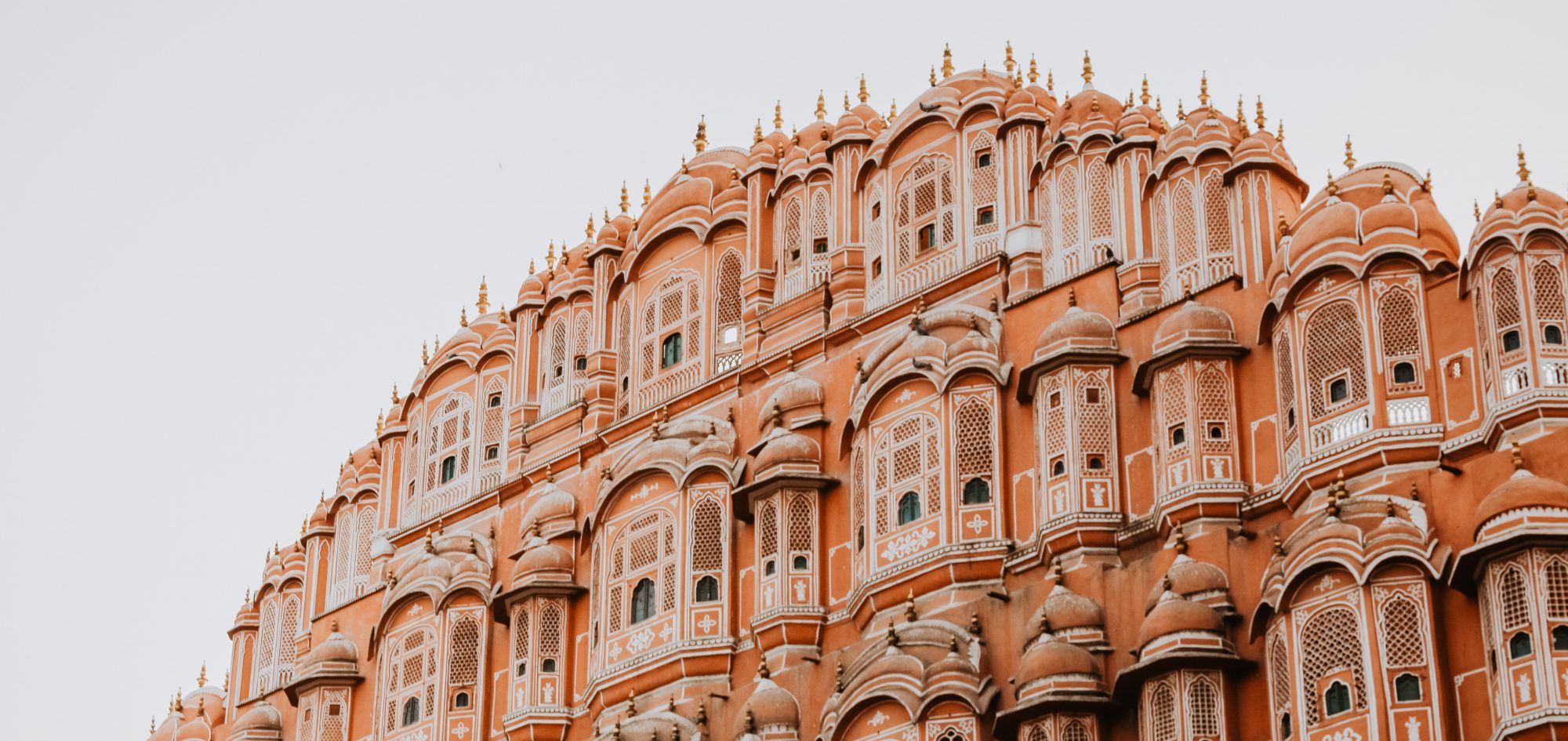People living in the cities usually long to escape from their busy lives. However, it isn’t possible for all of us, all the time, to leave everything and go on a vacation. But as and when the opportunity arises, we try and make the most it. GozoCabs is offering rides to the states of Hill Stations: Himachal Pradesh with its best price guarantee. Here are the places you should not miss when you plan your trip to Himachal.
- Rewalsar
Rewalsar has long been a traveller’s secret just off the beaten track in Himachal Pradesh. Pilgrims come to make prayers, meditate or simply soak up the peaceful atmosphere. At its heart lies the holy lake that is home to three Hindu Temples, a Sikh Gurudwara and three Buddhist Monasteries. One of the local names for Rewalsar is Trisangam (Three Holy Communities) and as such it serves as a fine example of religious tolerance and harmony that makes India great. The hidden lake town in the Mandi District has been a well-kept secret from tourists for many years. The lake is shaped like a square with the shoreline of about 735 m. It is held as a sacred spot for Hindus, Sikhs and Buddhists. - Gushiani
Gushiani is one of the best ever small town ever visited in life. This in the Kullu District best known for trout fishing and the picturesque homestays that have mushroomed here over time. At 4500ft above sea level,It is a place for nature lovers. Less crowded and thus you can experience nature in its pristine condition. Trout fishing in the Tirthan River is an added attraction; which flows in the valley and one of the best river for “Rainbow” with red dotted fish, the seed of this fish was planted hair by British.Valley is close to the Great Himalayan Park where wildife abounds and the animals move freely. Some lovely short treks make it a must visit place for nature lovers. There are also some nearby attractions Shogi and Jalori Pass which is known as India’s second dangerous road. - Bir
Bir is highly influenced by Tibetan culture which is popular destination for adventures sports ( paragliding, treks etc.) It is considered as one of the best spots in the world for paragliding and it hosts the World Paragliding Championship every year. The flying season is from September to November. The village continues to host periodic international competitions and events. This is also an important centre of spiritual studies and meditation. You should visit the serene monastery in Chokling, which serves as an important centre of Buddhist studies as well. You can either come down to Palampur or go further to Baijnath, an important pilgrimage for Hindu devotees, in the context of Hindu deity, Lord Shiva. Baijnath is 12.7 km. away from Bir, via NH 154. - Tosh
“I feel like I’m on top of the world. Honestly, I feel like I’ve climbed a giant mountain, and I’m just standing right on top with my arms wide open and breathing rarified air.” Just the same feeling you experience once you are in Tosh, a village lying at the height of 7900 feet on top of a hill surrounded by mountains from all the sides. Tosh offers some breathtaking views of the Parvati Valley. In recent years this village has gained popularity amongst tourist as it is very close to the famous Hippies Town – Kasol. Tosh is becoming quite popular among the backpackers, many trance and psychedelic parties are being organized here. Tosh Himachal has a pleasant weather throughout the year. If you want to enjoy the snow, you can opt for November to February. - Dharamkot
Dharamkot is a cute little hippie village in the Himalayas. It’s near Dharamshala and McLeodganj – the famous Buddhist destinations in Himachal Pradesh, India.This stunning spot provides panoramic views of the Kangra valley and the Dhauladhar ranges. While Dharamshala and McLeodganj have become extremely crowded because they are popular summer travel destinations, fortunately, Dharamkot has managed to maintain its quaint charm.On the way to Dharamkot, one can visit the Galu Devi Temple, located amidst the dense forest of Deodar and Oak trees and seek blessings while enjoying the scenic views of the Kangra valley. This little Yoga village is ideal for a few days’ time off from the real world. Or even months.. if you’re lucky enough to take time off work for that long.
If you wish to spend your days lazing around in the pleasant air of the mountains, spending days watching birds and reading, Himachal Pradesh is the best state to travel. To travel one-way/round trips call us or visit GozoCabs and unfold the dream of mountains along with snow and many more memories.






